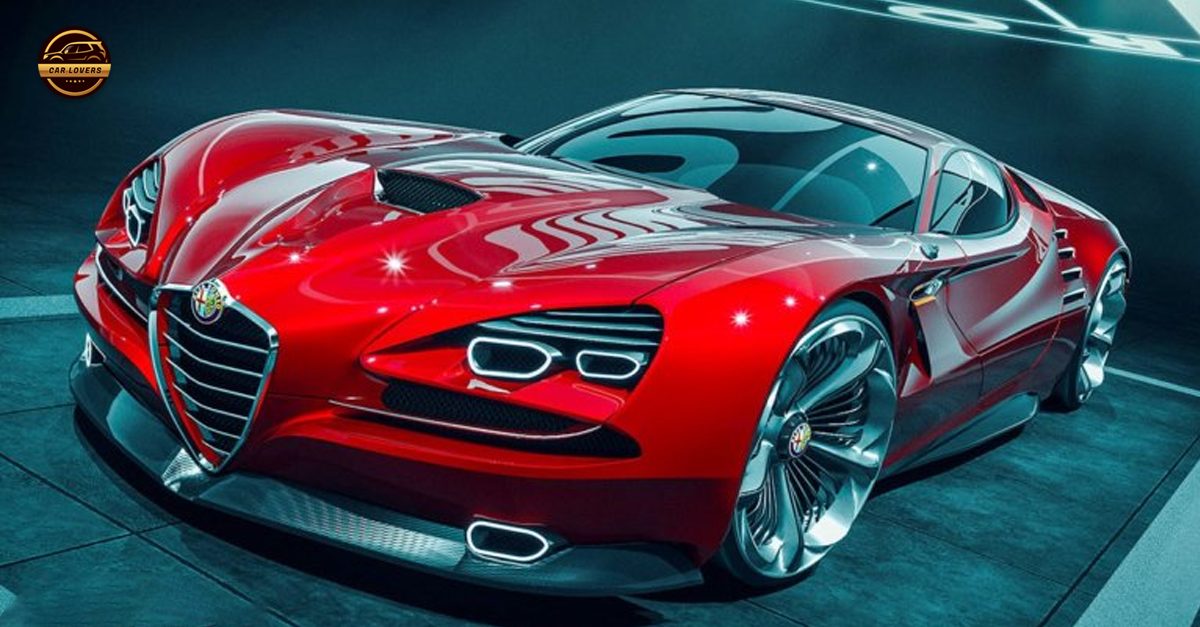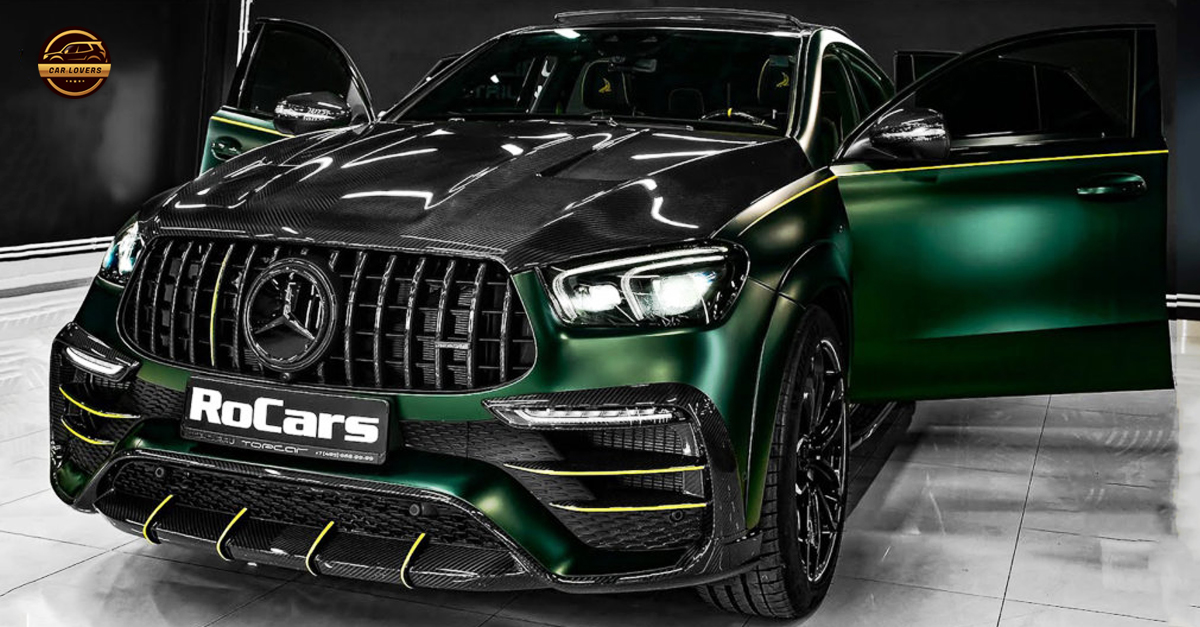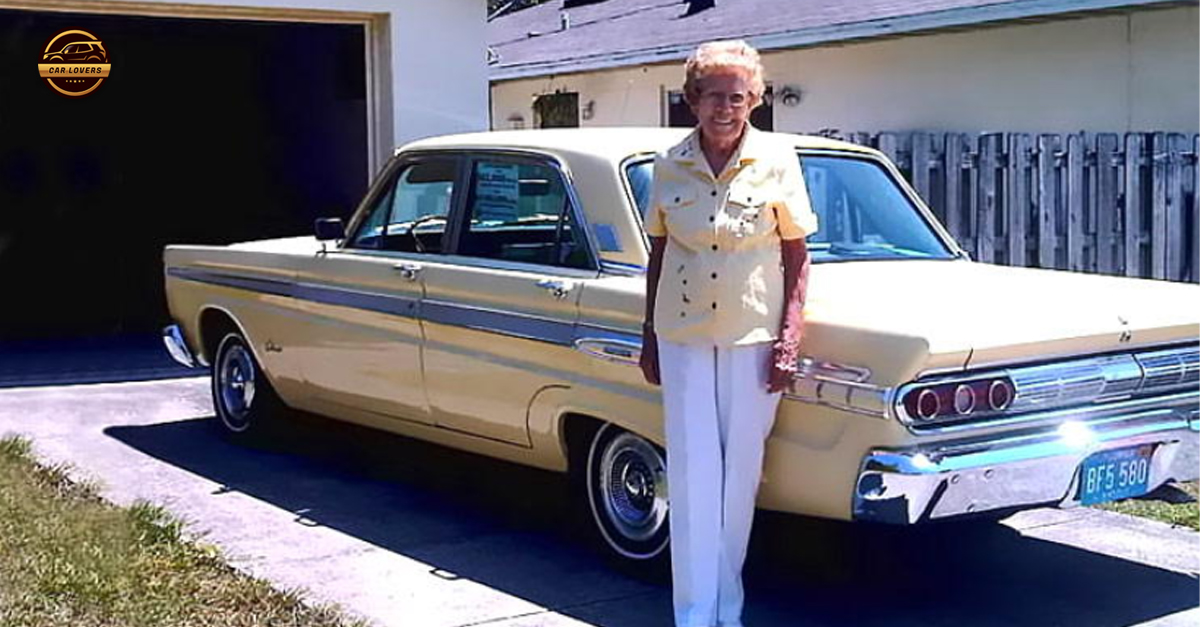What might a car designed by Ferdinand Porsche look like in 2023? This is Porsche’s answer.
Seventy-five years ago, “Ferry” Porsche—son of the man who designed many of Daimler-Benz cars of the 1920s, Auto Union Grand Prix cars, and Volkswagen’s first car—developed a car with his family’s name on it. He called it the 356, and it looked spectacular for a car of its time. Like its Volkswagen cousin, it used a four-cylinder, air-cooled engine that drove the rear wheels and used a unitized pan chassis—but unlike the Volkswagen, this was a pure sports car. To celebrate its first car, the Stuttgart brand wondered what kind of car Ferry Porsche would have built in 2023. The Vision 357 concept car, based off of the 718 Cayman GT4 RS, is the Porsche’s answer.

The sculpted body instantly recalls the 356’s beautiful curves, and in keeping with its spiritual ancestor it uses a four-cylinder boxer engine. Unlike the 356’s 1.1-liter boxer four Type 369 engine making only 40 hp, the 2.5-liter turbocharged engine in the 357 makes 493 hp and is mid-mounted. While that diverges from the production 356, it’s actually true to the very first prototype of the 356, dubbed the 356/1, which was originally a mid-engine roadster. Porsche would switch to the rear engine layout for production to allow for two more seats and reduce the costs to make the car.
You’ll also notice that there seems to be no A-pillar and that the windshield wraps nearly fully around the front greenhouse of the Vision 357. Your eyes aren’t deceiving you, and it’s not a gloss-black “hidden” pillar trick you see on most cars today. That is real glass wrapping around those pillars using a new glass-making technique for windshields and is another tradition set by the 356. The original 356 had to use a split front windshield, as the process to create the curve of car bodies of that era weren’t perfected until 1952. That’s when Porsche was finally able to replace the split windshield for the single curved piece found on the 356 from that point forward. The A-pillars are present, and they are blacked out, but they’re covered by the glass for that visual appearance of a wraparound design.

The side windows are slo shaped to give you the feeling of a racing helmet (a trick also employed by the final Scion tC). You’ll also think those little podlike protrusions just below the front windshield are hiding rearview cameras on the 357. Those are actually wings, and the cameras for side and rear views are located on the edge of the rear roof, according to Porsche. The rear quarter windows have fully functional reverse scoops that lead directly to the engine’s turbo compressor inlets. Yes, that is why there is a comiclike “air” sticker with an arrow pointing down into them. Just ahead of the intake opening are the door handles that are integrated into the door’s B-pillar.
As we move to the rear of the Vision 357, the taillights are hidden behind the bodywork and shine through a patterned array. The 356’s original rear grille design is also referenced by the 357, and it conceals an integrated center high-mount brake light. Since the 982 is a mid-engine car, there is no need for a hood or decklid to access the engine, so all of the rear bodywork is one piece with no breaks until you get to the “grille.” The rear bumper features sculpted aero elements that lead into the rear diffuser and the 357s titanium exhaust system. The outer portion of the tailpipe is burnished blue, and its interior is made from ceramic. A final nod to its motorsports heritage at the rear is the bright red tow hook over the right side tailpipe along with the equally bright red arrow pointing it out, a typically required marker for any race car so tow and safety crews can spot it quickly.
Walking back up to the front of the 357, we see the aerodynamic sculpting and the use of natural fiber-reinforced plastic (NFRP)—made from flax fibers and developed during the Porsche Mission R concept study—barge board made into its lower body all the way to the front wheels to direct the air wake from the front tires. Upon reaching this point, we find that the front bodywork is all one-piece clamshell and retained to the 357 using anodized red metal body latches. In a somewhat roundabout way, this also recalls the leather straps that 356 A, Bs, the SL Gmünd Coupes, and later Carrera GT cars used to retain the front hood without relying on the latches as required by the 24 Hour of Le Mans.

You won’t find any lights interrupting the 357’s front bodywork. The headlights are present and shine through the perforated holes in a shape that is reminiscent of both the 356 and the current design by Porsche. The nearly perfectly round shape of the perforations recalls the sealed beam round headlights of the 356 while the quadrant placement of those perforations recalls the current four-point signature elements of modern Porsche headlights.
We also see more motorsports heritage in the use of the OMP tow strap in the lower portion of the front bumper, which is painted in Ice Gray Metallic on its main body and the lower aerodynamic portion of the bumper is painted in Grivola Gray Metallic. This two-tone treatment of the bumper is a callback to a design done during the 1950s. Up on the front area where the back of the hood would be on a regular 718, the fuel filler port has an “E-Fuel Only” label, which is their new air-carbon-capture fuel process that Porsche is developing and using on its current racing vehicles to create carbon-neutral gasoline.
The final piece of the 357’s look are the 20-inch wheels, another true callback of the original 356. These carbon fiber aerodynamic caps are functional, directing air properly into (for brake cooling) and around (to minimize their wake) the wheels, but they are designed to look like the wheels that the 356 A and B used. With their center caps removed, the wheels had a large center opening that exposed the original drum brakes used on those cars. These modern, centerlock wheels replicate that design with their two-tone coloring, with the aluminum-like color of the center of the aero cap calling back those silver-painted drums. The caps also feature “wheel bolts” to simulate the original wheel bolts of the 356. These modern wheels are also on modern rubber with traction and wear that Ferry Porsche could only dream of back in the 1950s. The tires are a set of Michelin Pilot Sport Cup 2 R tires in 245/35R20 in the front and 295/30ZR20 in the rear, which are the same sizes used on the 718 Cayman GT4.

But what’s with the T-Rex decal in the air scoop ahead of the rear wheels? That is another tongue-in-cheek reference. By only driving the rear wheels with an engine located in the back, the mid-engine, RWD Vision 357 is a bit like the dinosaur with its tiny arms and powerful legs. More important, will Porsche build a production 357? Unfortunately we don’t have the answer, but you never know. We do expect some elements of this design to influence future Porsches.





